Gold surged to a new all-time spot price high of $3,498.77 per troy ounce, marking a historic moment as it decisively surpassed its inflation-adjusted peak from 1980. This rally is not only nominal but also real: after more than four decades, gold’s price has finally exceeded the inflation-adjusted record, reflecting deepening investor anxiety amid persistent global economic and geopolitical uncertainty. The latest surge is driven by a mix of factors: expectations that the Federal Reserve will soon pivot to monetary easing, intensifying trade tensions between the U.S. and China, and ongoing geopolitical risks, particularly in Eastern Europe and the Middle East. Institutional investors, including pension funds and sovereign wealth entities, are now allocating a larger share of their portfolios to bullion, viewing gold as long-term insurance rather than a short-term trade. This structural recalibration has created a more stable foundation for gold’s price, with ETF holding periods now averaging over three years.
Silver, meanwhile, is trading at $32.73 per troy ounce, showing resilience despite a marginal dip of 0.02% from yesterday’s close. The metal has climbed more than 13% year-to-date, buoyed by safe-haven demand and ongoing global economic uncertainty. While the global silver deficit is expected to narrow by 21% this year due to a modest increase in supply and a slight dip in demand, investment flows into physical silver have rebounded after last year’s profit-taking. The gold/silver ratio remains historically elevated at 103:1, suggesting silver could see further upside if the ratio normalizes.
The speed and magnitude of gold’s ascent—up nearly 30% since the start of the year—signal that markets are bracing for significant macroeconomic shifts. Analysts warn that such a rapid move in gold often foreshadows heightened volatility or a major event on the horizon, as gold’s role as a barometer of global anxiety is once again front and center.
Read the full article here


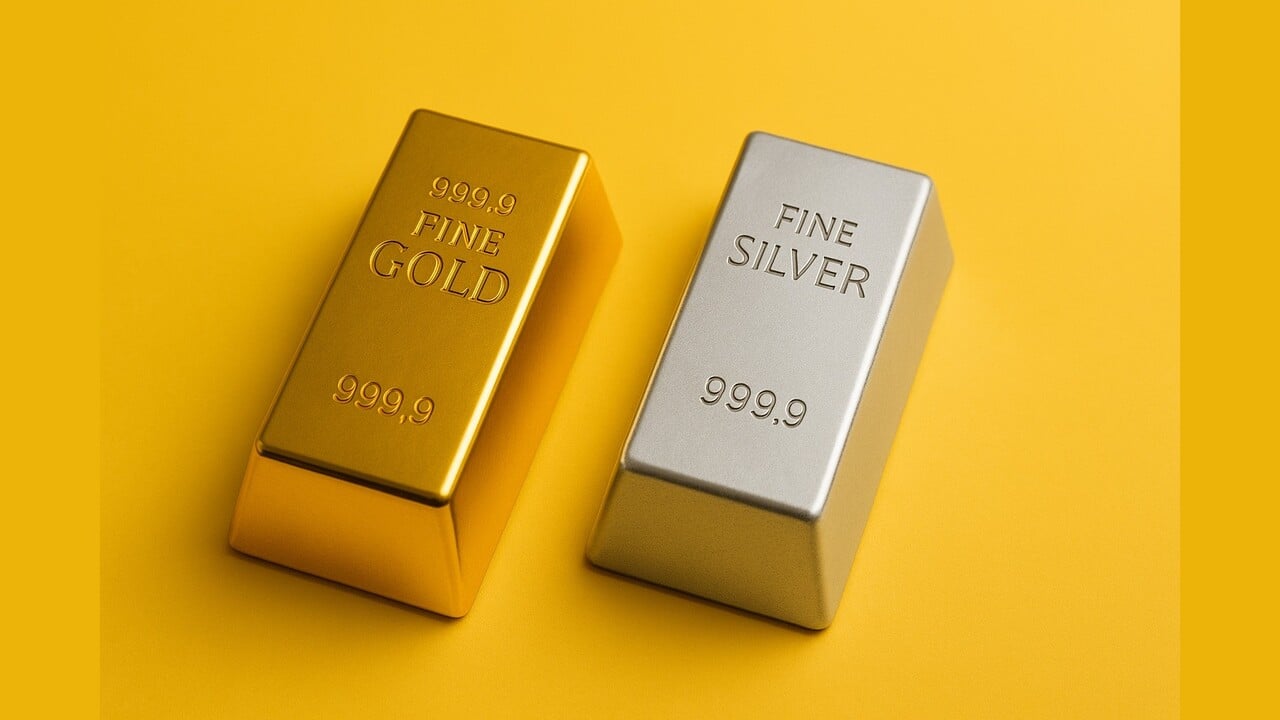
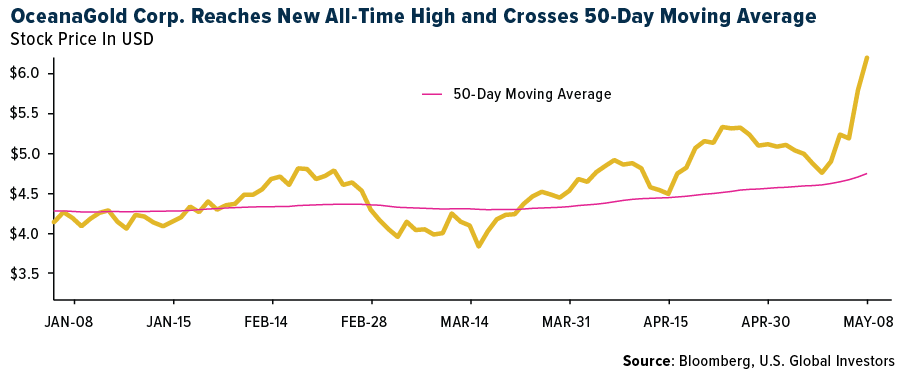
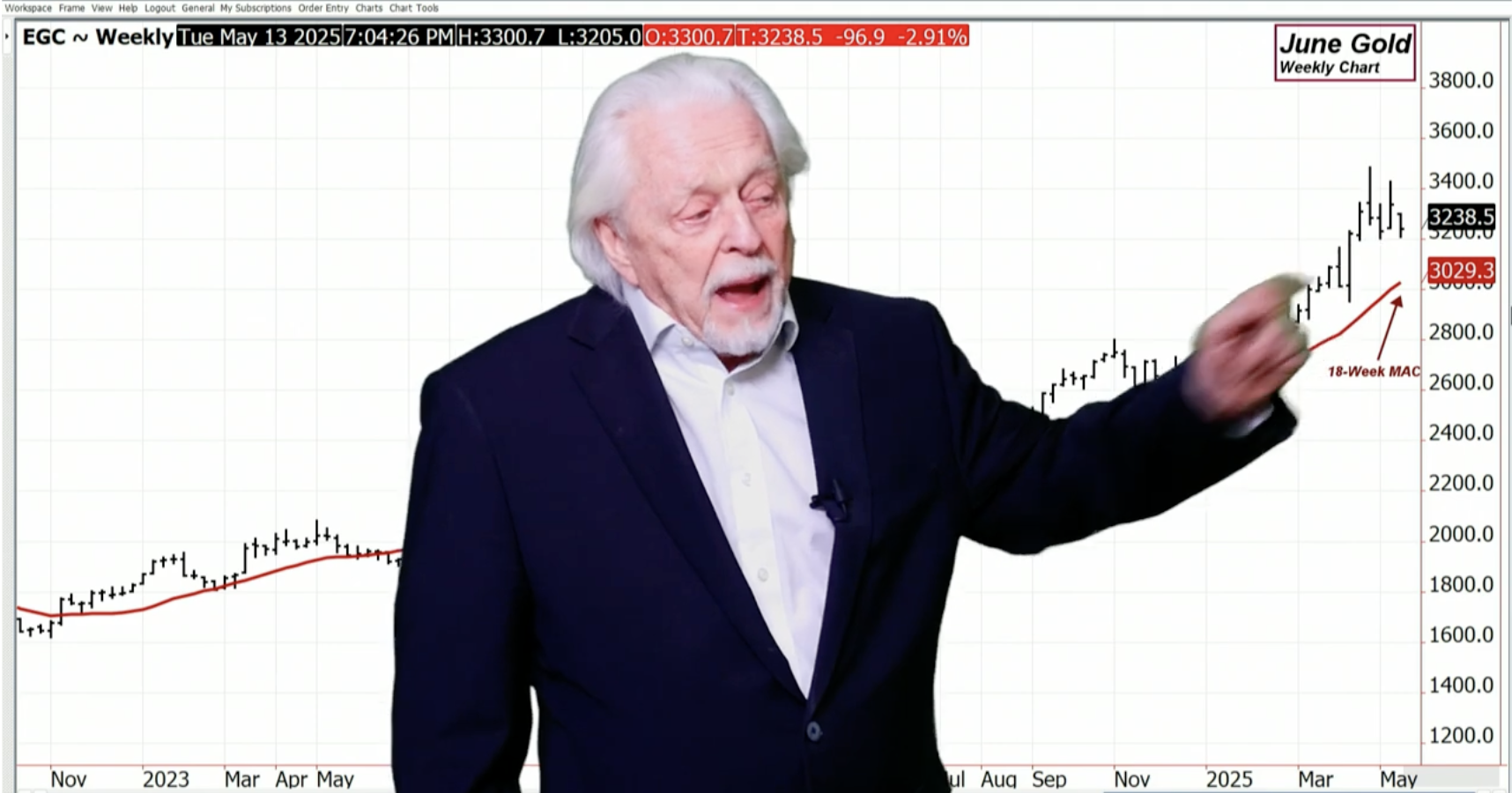
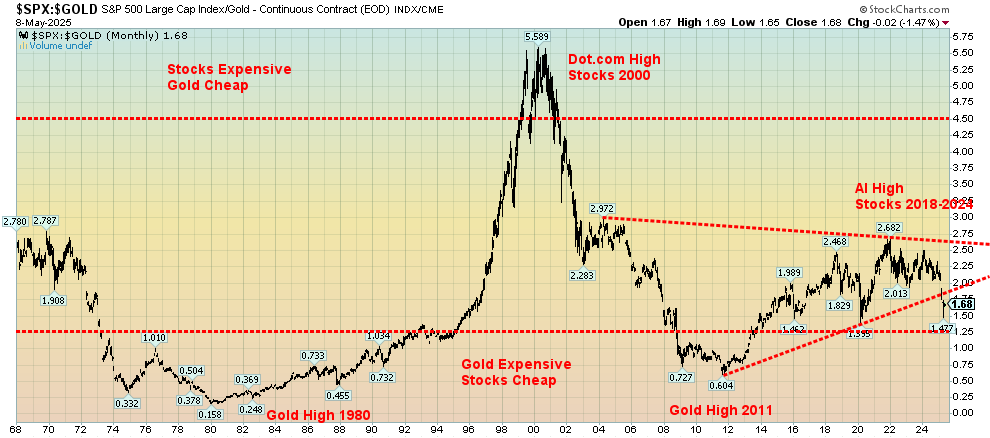
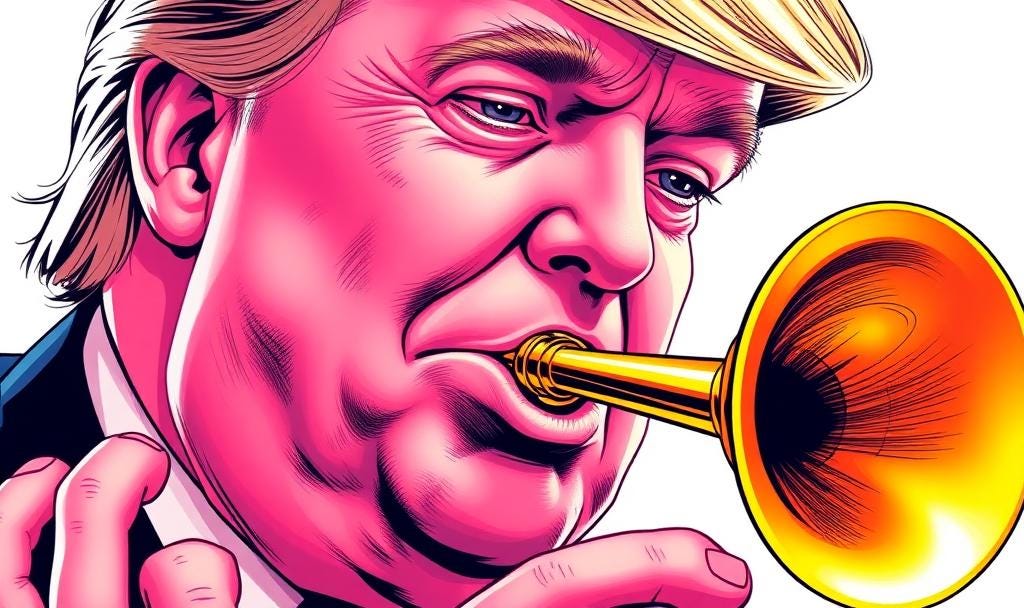
Leave a Reply